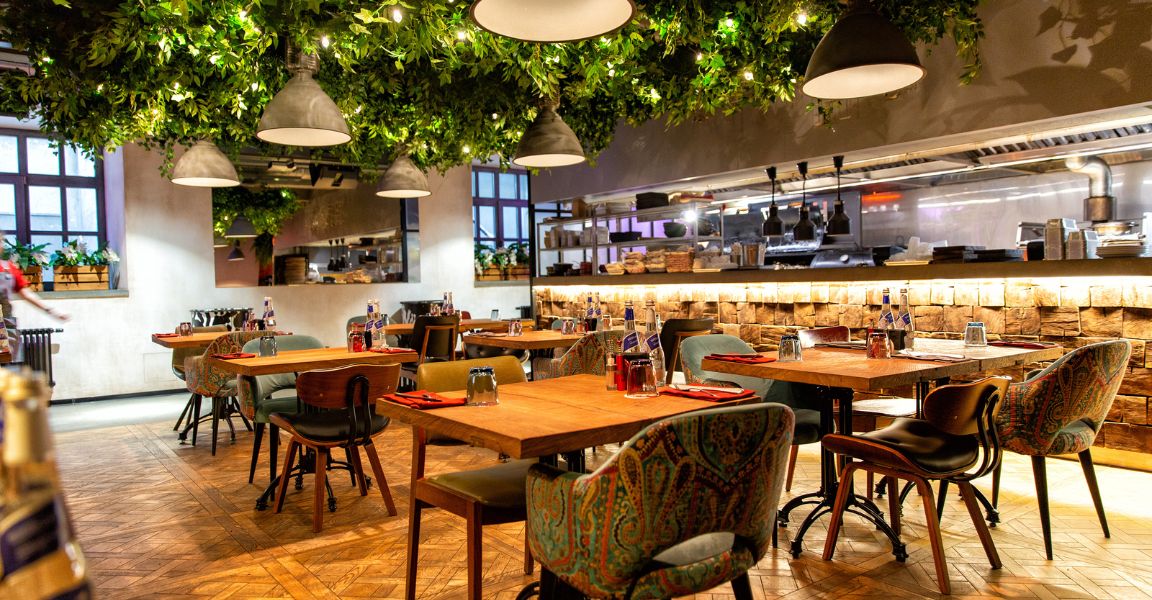[su_note note_color=”#ffe3e6″]This post contains affiliate links. Affiliate disclosure: As an Amazon Associate, we may earn commissions from qualifying purchases from Amazon.com and other Amazon websites.[/su_note]
Running a business isn’t easy. So how do you encourage success? Of course, the answer is more complicated than you think. Everything impacts customer sales, from the latest trends in the food service industry to your marketing campaigns and staff training. Everything is interconnected, but one thing that people don’t consider is that there are various principles in restaurant design that work on the psychology of the customer. So, what are these principles, and how do you use them to drive sales? Read on below for more.
Ladle of Contents
Color Psychology
Color has a powerful impact on our minds. For instance, red is associated with passion, desire, war, and power. Blue is associated with cool and calm, softness, and peace. Yellow is a dynamic color associated with creativity and free thinking. However, did you know that colors can also be associated with digestive factors in the body? Red increases blood pressure and appetite, while black makes appetite more likely to diminish. Therefore, it might be wise to utilize red, orange, and yellow, designated as stimulants, to encourage your customers’ appetites. If your customers are hungry, they’re far more likely to buy more, and your sales will skyrocket. Place a dash of red or yellow on your walls. You’ll be happy you did.
Enticing Smells
Have you ever smelled something that brought back memories? It could be the smell of bread baking that reminds you of your grandmother cooking or the smell of BBQ you would eat at your favorite football game. Regardless, smell has a huge impact on our psychology. Because of this, it’s often wise to have an open layout that encourages the smell of food to waft into the seating area of customers. For instance, if you want to stimulate strong sentiments, baked bread creates a homey, comforting ambiance, while the smell of vanilla reduces anxiety and stress. This is a key principle of the psychology of restaurant design.
Be Aware of the Lighting
Lighting affects behavior in many ways. Bright lights, especially strategically placed, can draw attention to something. It might be wise to point some lights toward the kitchen to remind your customers that their food is cooking. This may also encourage them to buy more. It can also affect the body’s position and “partition” the room. You can use shafts of light to help orient customers’ bodies where you want them to be. Dim lighting can create an intimate, even cozy, and romantic ambiance. Overall, you can implement the principles of psychology in many ways in your restaurant. If you do so, you can control attention and increase sales dramatically.



